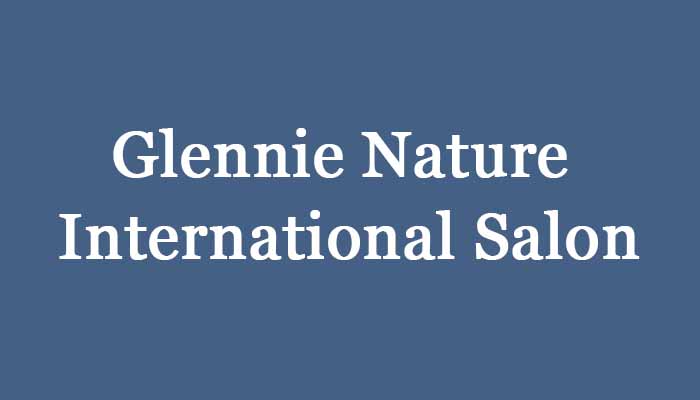The Melbourne Camera Club is looking for high quality nature images to enter in the interclub Glennie Nature International Salon which is run by the Merrimack Valley Club in the US.
This is a premier, international all-nature club competition of digital images. We are hoping to repeat the success of previous year and are therefore looking for your best nature images. For more background on the Glennie nature competition please refer to information at https://mvcameraclub.org/competitions/interclub/glennie/
This year, Marg Huxtable has kindly agreed again to coordinate our entry and needs your images by 14 February 2021.
If you are interested in submitting images please note the following:
- only digital images accepted
- each image may have a maximum width of 1400 pixels and a maximum height of 1050 pixels. The image must be submitted in JPEG (.jpg) format, and the size is limited to no more than 2 Megabytes (MB).
- each image must meet the nature definition per below
- preference will be given to photos that fit the wildlife category (botany and landscapes excluded).
- nature categories are botany, landscape, birds, mammals, invertebrates, reptiles, amphibians, and marine and freshwater life. We will endeavour to pick one to two images representing each section if possible.
- please send a maximum of four images to mcc-nature@melbournecameraclub.org.au by 14 February 2021 for consideration
- the MCC can only submit ten images from the club so will choose the top ten images that give us best coverage of each category. Only one image per person will be chosen to maximise club member representation
- please send images as attachments, ie. do not embed in email.
Nature Definition for Glennie
“Nature photography is restricted to the use of the photographic process to depict all branches of natural history, except anthropology and archaeology, in such a fashion that a well-informed person will be able to identify the subject material and certify its honest presentation. The story telling value of a photograph must be weighed more than the pictorial quality while maintaining high technical quality. Human elements shall not be present, except where those human elements are integral parts of the nature story such as nature subjects, like barn owls or storks, adapted to an environment modified by humans, or where those human elements are in situations depicting natural forces, like hurricanes or tidal waves. Scientific bands, scientific tags or radio collars on wild animals are permissible. Photographs of human created hybrid plants, cultivated plants, feral animals, domestic animals, or mounted specimens are ineligible, as is any form of manipulation that alters the truth of the photographic statement.
No techniques that add, relocate, replace, or remove pictorial elements except by cropping are permitted. Techniques that enhance the presentation of the photograph without changing the nature story or the pictorial content, or without altering the content of the original scene, are permitted including HDR, focus stacking and dodging/burning. Techniques that remove elements added by the camera, such as dust spots, digital noise, and film scratches, are allowed. Stitched images are not permitted. All allowed adjustments must appear natural. Colour images can be converted to grey-scale monochrome. Infrared
images, either direct-captures or derivations, are not allowed. “
Images submitted for consideration for the Best Wildlife award must meet the additional definition for Nature Wildlife Photography.
“Images entered as Wildlife are further defined as one or more extant zoological or botanical organisms free and unrestrained in a natural or adopted habitat. Landscapes, geologic formations, photographs of zoo or game farm animals, or of any extant zoological or botanical species taken under controlled conditions are not eligible in Wildlife sections. Wildlife is not limited to animals, birds and insects. Marine subjects and botanical subjects (including fungi and algae) taken in the wild are suitable wildlife subjects, as are carcasses of extant species.”

